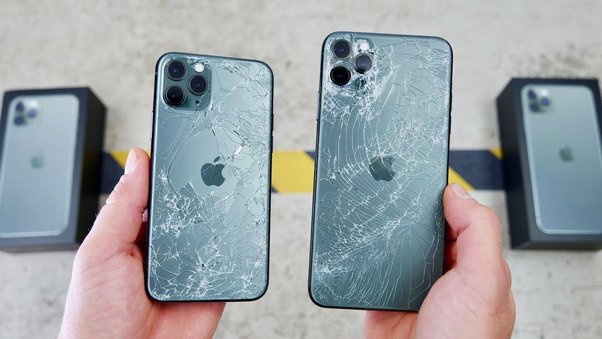
Everyone has their own preferences, but personally? I’m a big Apple guy.
I think they have the world’s best UX/UI, and generally produce quality products.
Of course the given complaint is they’re expensive, but I’m not even going to factor that in… the hardware, and physical quality of their products generally isn’t a concern. I think the price is relatively fair all things considered, they aren’t necessarily budget devices, and they’ll usually last you quite a while.
But when there’s an issue with your Apple device?
Good luck getting it repaired outside of in house Apple repair services.
You can bet they locked down repairs to intentionally try to simply replace it rather than fix it.
While Apple is known for its innovation and high-quality products, its approach to repairs has raised significant concerns among consumers and advocates alike. By strongly encouraging or even requiring customers to repair their iPhones at Apple Service Centers, the company has created an ecosystem that can be seen as limiting consumer choice and control. This strategy not only drives up repair costs but also pushes many users toward purchasing new devices instead of repairing their existing ones, a practice that some argue is anti-consumer.
One of the primary issues with Apple’s repair policies is the high cost associated with using their authorized service centers. Repairs at Apple centers often come with a premium price tag, especially when compared to third-party repair shops. For many consumers, the cost of fixing an issue like a cracked screen or a worn-out battery at an Apple Service Center can be prohibitively expensive, leading them to consider buying a new phone instead. This practice effectively funnels customers into spending more money, either on costly repairs or on upgrading to a newer model, which may not be necessary.
Another concern is the lack of accessibility to independent repair options. Apple’s tight control over parts and repair tools makes it difficult for independent repair shops to offer competitive services. Even when these shops do manage to perform repairs, they may lack access to genuine Apple parts or face software restrictions that can hinder the functionality of the device post-repair. This limits consumer choice and forces them into a monopolistic repair environment where Apple controls both the pricing and availability of services. Such practices can lead to a lack of affordable repair options and reduce the lifespan of devices, pushing consumers to replace rather than repair.
This strategy also has broader implications for consumer rights and environmental sustainability. By making repairs more difficult and costly, Apple indirectly promotes a throwaway culture, where consumers are more likely to discard their old phones in favor of new ones. This not only increases electronic waste but also undermines efforts toward a more sustainable economy. Consumers who would prefer to keep their devices longer, either for environmental reasons or personal preference, find themselves pressured to upgrade due to the high barriers Apple places on repairing older models.
In conclusion, Apple’s approach to repairs can be seen as anti-consumer, as it limits choice, inflates costs, and encourages wasteful consumption. While Apple Service Centers may offer high-quality repairs, the lack of affordable and accessible alternatives restricts consumers’ ability to maintain their devices on their own terms. As the conversation around the right to repair gains momentum, it is crucial for consumers to advocate for more transparency, access to repair resources, and the ability to extend the life of their devices without being funneled into unnecessary upgrades. Ultimately, a more consumer-friendly approach to repairs would not only benefit users but also contribute to a more sustainable future.
There are other options… if you can handle the idea of losing iMessage, Samsung’s latest Galaxy offering is now simply excellent — with a camera that current generation iPhones can’t touch. Years ago I enjoyed the Google Nexus/Pixel options and while from 2019-2023 they fell behind, the latest Google Pixel is more than respectable.























Leave a Reply